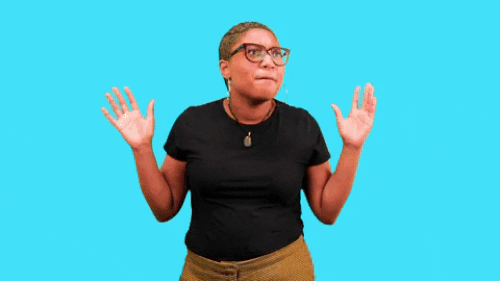I’ve been asked many times to explain my approach to content creation. I usually say I’ll do it, and then get distracted by a Words With Friends alert and forget about it. But no more! I’m a writer, dammit. So it’s time to do what writers do – use GIFs to explain things.
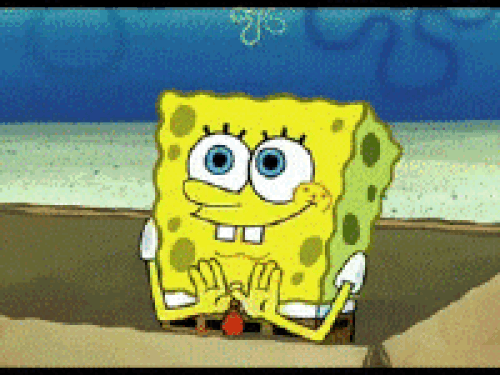
I know. Weird for a content guy to say. But no one cares about your content. No one is just waiting with baited breath for your company report. No one is counting down the minutes to your next LinkedIn post. More than 1 billion stories get posted on Facebook every day. A quarter million new websites launch daily. The world does not need more content.
How many white papers did you download last year? It’s probably zero. Just admit it’s zero. If you don’t read any, why do you think anyone else will?
Step 1 in making great content is being brutally honest with yourself about whether anyone will really care. If the answer is no, then rethink it. Your brand won’t get knocked for not producing content, but it will get ignored for producing worthless content.

Since we have to make content people want, let’s talk about what content you enjoy on a daily basis. I have two guesses – it either entertains you or it informs you about something you care about. People watch millions of videos of animals doing funny things because the clips make them laugh. People will read the box score of a basketball game they already watched on TV because they want to be further informed about something that interests them.
If those two things are the majority of what people engage with… then give it to them! There is no rule saying your corporate report has to be written with all the charm of a washing machine instruction manual. Make it entertaining! (And that doesn’t necessarily mean be funny.) Fill it with information your target audience is dying to hear, not just what you want to tell them.
Let me repeat that in bold: Give your target audience what they want to hear, not just what you want to tell them.
“People don’t read ads. They read what interests them. Sometimes it’s an ad.” – Howard Gossage. If this article hits 100,000 views, I may tattoo that across my chest.
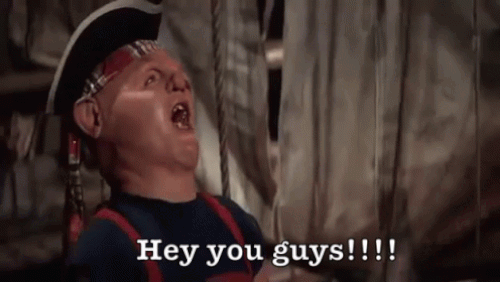
As we established earlier, no one needs to hear about your product. They need to solve a problem. Maybe your product does that. But to get there, you need to tell a story. A story about your consumer’s problem. A story about how you can fix it. And a story about how much better their lives will be once that problem is solved.
Now think about who is great at telling stories. Movies tell great stories! TV shows tell great stories! Jerry Seinfeld became a multi-millionaire just by telling stories! Start thinking about your content like a production company would. Find an original premise (or give it an original spin – Star Wars and The Goonies are both “Hero’s Journey” odysseys after all). Craft the plot. Give it an interesting hook. Decide whether you want an after school special, 60 minutes, or Lord of the Rings.

Here’s an insane stat: the average person sees around 10,000 ads per day. People are bombarded with so many messages – the majority of which never hit their target. Why? We’ve adapted to tune out things that don’t entertain or inform us. It’s not good enough to make a bunch of content and launch it out into the world hoping it’ll work. You need a plan:
WHO is the content for?
You’d be amazed at how much content is written with no clear idea who will interact with it.
WHAT is its purpose?
Too often content is about what you want to say and not what your customer wants to know.
WHEN will they see it?
You need the right content at every stop along the customer journey.
WHERE will they see it?
You can plaster your content everywhere. That doesn’t mean you should. The right place is better than every place.
WHY will they care?
Your customer does not think about your product. They think about their problem. Does your content address that?
HOW does it differentiate you?
It’s a crowded room and everyone is shouting. What is going to make your voice stand out?
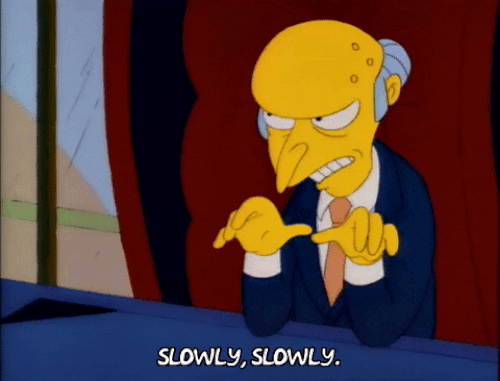
One more point to make about Content. It can be a slow burn. Social media, for example, is a long row to hoe. I know everyone wants results right away, but your content is building a relationship with your audience. And despite what multiple Netflix reality shows will tell you, relationships are not built on a tropical island with 20 other insanely gorgeous people overnight.
This slow and steady approach is also why you need everything I mentioned above: content that’s entertaining and informative; content that’s what they want to hear and not just what you want to say; content that tells a real story and addresses a consumer’s problem; and a strategy that give your content purpose and direction.
And if all that sounds like a lot and you want someone to do it for you, you know where to find me.
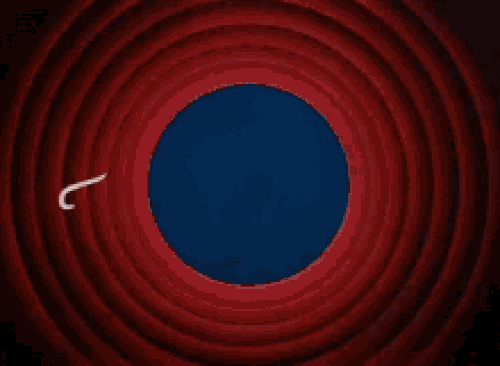
———-
Matt is Contrast DesignWorks’ creative director in charge of content and thinks The Goonies is vastly underrated cinema.
